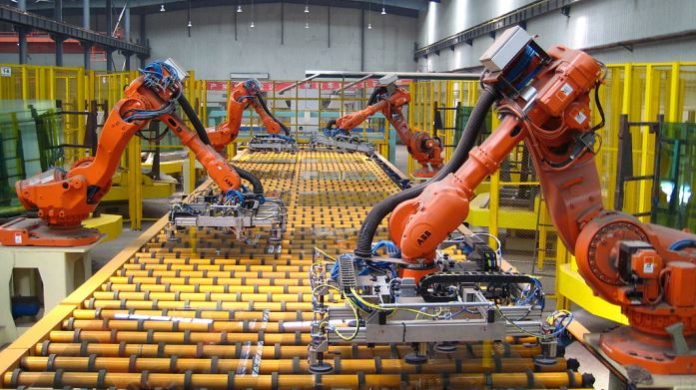Earlier this month, the federal government announced the winners of its $950 million Innovation Supercluster Initiative – five new industry-led mega-collaborations to transform regional innovation ecosystems into global powerhouses.
The Ontario-based Supercluster, which includes the University of Toronto and the University of Waterloo, is focused on advanced manufacturing.
Although the term advanced manufacturing may conjure images of shiny factory floors and assembly lines, that’s only part of the story. Of course we want to improve current production processes by incorporating new methods like 3D printing, machine learning, and data mining, but we also need to create and optimize completely new processes for products that don’t even exist yet.
“How are we going to make your next generation mobile phone, for example?” asks Hani Naguib, Professor in the Department of Mechanical and Industrial Engineering at the University of Toronto and Director of the Toronto Institute for Advanced Manufacturing.
Naguib’s own research revolves around the design and development of smart materials that react to external stimuli like light or heat. As demand for these new types of products increases, we’ll need efficient and scalable production processes to make them in a cost effective way.
Already a major manufacturing hub, Ontario is an ideal place to spearhead this initiative. It’s also home to the Toronto-Waterloo Region Corridor, the second largest technology cluster in North America and a global centre for talent, growth, innovation and discovery. MaRS Discovery District in Toronto and Communitech in Waterloo, two entrepreneurship centres, are also part of the supercluster.
“The strength here is in new start-ups,” says Naguib. “We bring in a lot of young talent.”
The federal government estimates that the Advanced Manufacturing Supercluster will add more than $13 billion to the Canadian economy and create 13,500 new jobs over the next 10 years. The supercluster also leverages over $800 million in private sector investments.
“The very large contribution that our private sector partners have made shows how important it is to accelerate the adoption, scale-up, and production of advanced technologies if manufacturers are to compete and grow in today’s global economy,” says Jayson Myers, CEO of Next Generation Manufacturing Canada (NGMCanada), the not-for-profit organization leading this supercluster.
Reversing the classic innovation pipeline through industry-driven research is a major goal of the supercluster initiative.
“Instead of having research groups at the universities coming up with new things and then seeing where we can use them, we want to ask ‘What are the industry needs? What are the market needs?’, and then come back and see how the expertise at the universities can solve these problems,” explains Naguib.
The projects led by the supercluster will also help define the skills needed by the next generation workforce in manufacturing, which will in turn inform new courses and training programs within universities.
“Getting all these people together, that’s where I see the huge benefit to Ontario and to Canada,” says Naguib.
It’s also sure to give new meaning to the words “Made in Canada”.








































